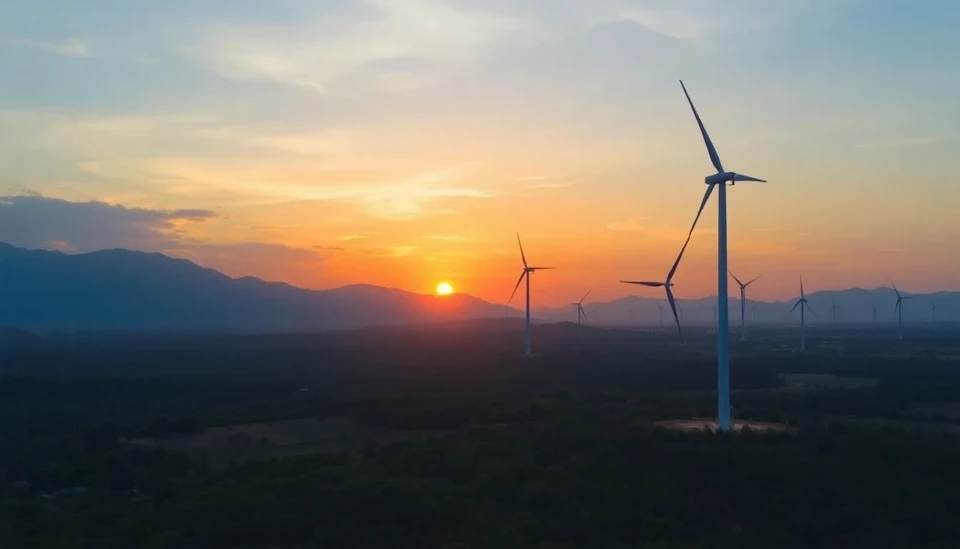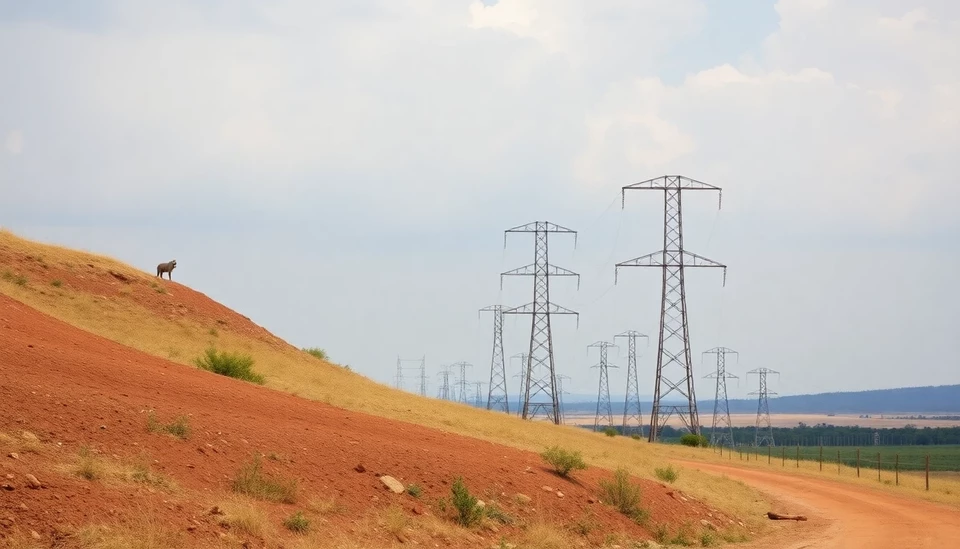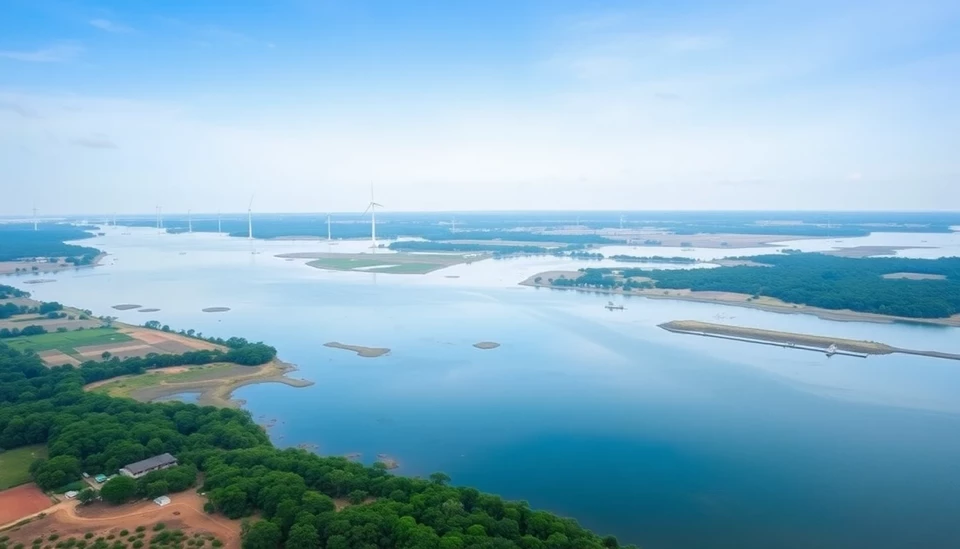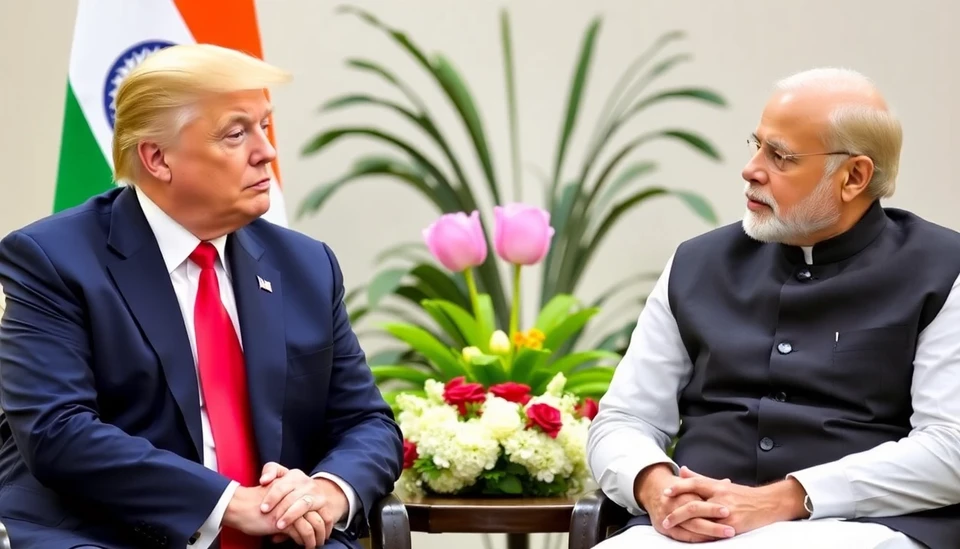
In a remarkable turn of events, business tycoon Gautam Adani’s conglomerate is recalibrating its wind energy initiatives in Sri Lanka, a move prompted by the South Asian nation's urgent bid to slash electricity tariffs. This strategic pivot comes at a time when Sri Lanka is grappling with the aftermath of a debilitating economic crisis, which has had a far-reaching impact on its energy sector and overall financial stability.
Currently, Sri Lanka faces immense pressure to reduce the cost of electricity for its citizens and businesses, making it crucial for power producers to align their operations with the government’s directives aimed at affordability. In light of this, Adani Group has announced plans to alter its existing wind project configurations, a decision that reflects both adaptive business strategy and responsiveness to the growing demands of the Sri Lankan government.
Details surrounding Adani’s revised plans highlight the company’s commitment to ensuring that its energy projects contribute to a more sustainable and economically viable future for Sri Lanka. These changes involve not only the optimization of current projects but also the exploration of innovative technologies that could facilitate the provision of lower-cost electricity. The conglomerate is expected to focus on harnessing local resources and optimizing supply chains to achieve enhanced efficiencies.
A spokesperson from Adani mentioned that the group is actively engaging with local authorities to better understand regulatory frameworks, enabling them to align their projects with national energy policies. This collaborative approach aims to create a seamless integration between large-scale energy production and the interests of the local population, positioning Adani as a pivotal player in Sri Lanka's energy landscape.
The implications of these changes are significant, as they indicate a newfound flexibility and willingness to cooperate from one of India’s largest business conglomerates in a country that has historically faced challenges in meeting its energy needs. With the recent steps taken by the government to stabilize the economy, the response from international investors like Adani is crucial in restoring faith in the burgeoning energy sector.
Local communities have received this news with cautious optimism, recognizing the urgency of improving energy accessibility without further burdening household incomes. The government of Sri Lanka is also monitoring developments closely, aware of the immense societal impact of affordable energy tariffs as it seeks to rebound from its economic turmoil.
If successful, Adani's reworked wind project initiatives could pave the way for more sustainable energy consumption and serve as a model for other foreign investors eyeing opportunities in developing economies. As the country attempts to balance financial recovery with energy sustainability, the strategic movements of key players in the industry will be critical in shaping Sri Lanka's economic landscape moving forward.
In conclusion, this recalibration of Adani’s wind energy projects not only signifies a notable shift in strategy but also embodies the larger narrative of resilience and adaptability underlying Sri Lanka's path toward revitalizing its economy amidst challenging circumstances.
#Adani #SriLanka #WindEnergy #ElectricityTariffs #SustainableDevelopment #EconomicRecovery
Author: Sophie Bennett




